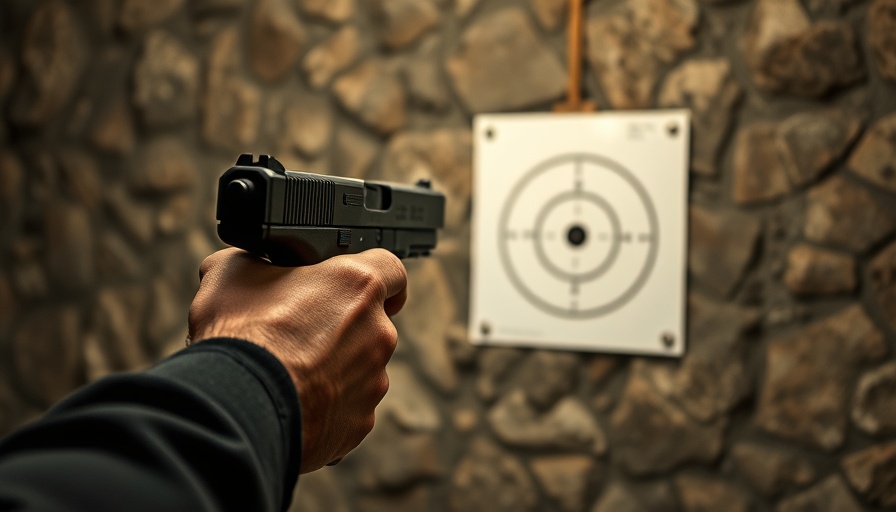
Redefining Training: The Need for a New Approach
In today's fast-paced world, the way we train—especially in high-stakes environments like law enforcement and firearms handling—requires us to rethink traditional methods. In the recent episode titled Hope Is Not a Plan: Train to Lead with Jim Shanahan, Jim Shanahan, a seasoned trainer and former military leader, challenges the establishment by suggesting that our current training protocols might be setting individuals up for failure when it matters the most. His experiences span over three decades in military and elite firearms training, making his insights invaluable for anyone serious about preparedness.
In 'Hope Is Not a Plan: Train to Lead with Jim Shanahan', the discussion dives into the challenges of conventional training methods in high-stakes settings, prompting us to re-evaluate how we prepare.
Understanding the Flaw in Conventional Training
Shanahan argues that many basic training courses set a foundation that might not only be inadequate but detrimental in real-world situations. By using the example of the Federal Air Marshal's demanding pistol qualification, he illustrates that while the standard may seem tough, it often reflects the weaknesses in broader law enforcement training rather than a true benchmark of excellence. This leads to a critical discussion on how higher standards of training should be geared towards making individuals more proficient before they reach advanced levels.
The Case for Integrated Learning: Performance Meets Defense
One of Shanahan's key messages is the importance of blending performance and defensive tactics. He emphasizes that in defensive situations, quick decisions and accurate shooting are key. As opposed to traditional competitive shooting where every shot and target are predetermined, defensive scenarios require an adaptable mindset. This means that a shooter not only needs to act fast but also think critically about their actions. Shanahan’s approach encourages learners to develop this duality from the outset, preparing them comprehensively for unpredictable situations.
Building Leaders in Practical Situations
A significant theme of the episode revolves around leadership, particularly how it should reflect in training and outcomes. Shanahan believes that a leader's effectiveness is directly correlated with how well their students perform. He stresses the importance of nurturing others and allowing them to step up, much like how a choir director encourages soloists to shine. As such, training should not only focus on individual proficiency but also on mentoring and developing future leaders who can take charge in critical moments.
The Shift from Hope to Preparedness
The foundational premise of Shanahan's message is clear: "Hope is not a course of action". This mantra underscores the importance of preparedness over mere optimism. Through practical insights backed by experience and data, he provides a roadmap for aspiring defenders. Whether you are a recreational gun owner, a law enforcement professional, or someone who simply wishes to learn self-defense, the call to action is clear—let go of the notion of hope and replace it with a deliberate plan of action. As Shanahan aptly notes, understanding your training context is crucial for success.
Conclusion: Embrace a New Paradigm
This conversation with Jim Shanahan is a catalyst for change in how we perceive and structure our training paradigms within self-defense and firearms education. Importantly, it redirects the focus from traditional processes to a more integrated and thoughtful approach that prioritizes mental readiness and practical performance. For those serious about developing their skills, the first step is to acknowledge that they hold the key to their preparedness—it's time to let go of hope and embrace deliberate preparation.
 Add Row
Add Row  Add
Add 




Write A Comment